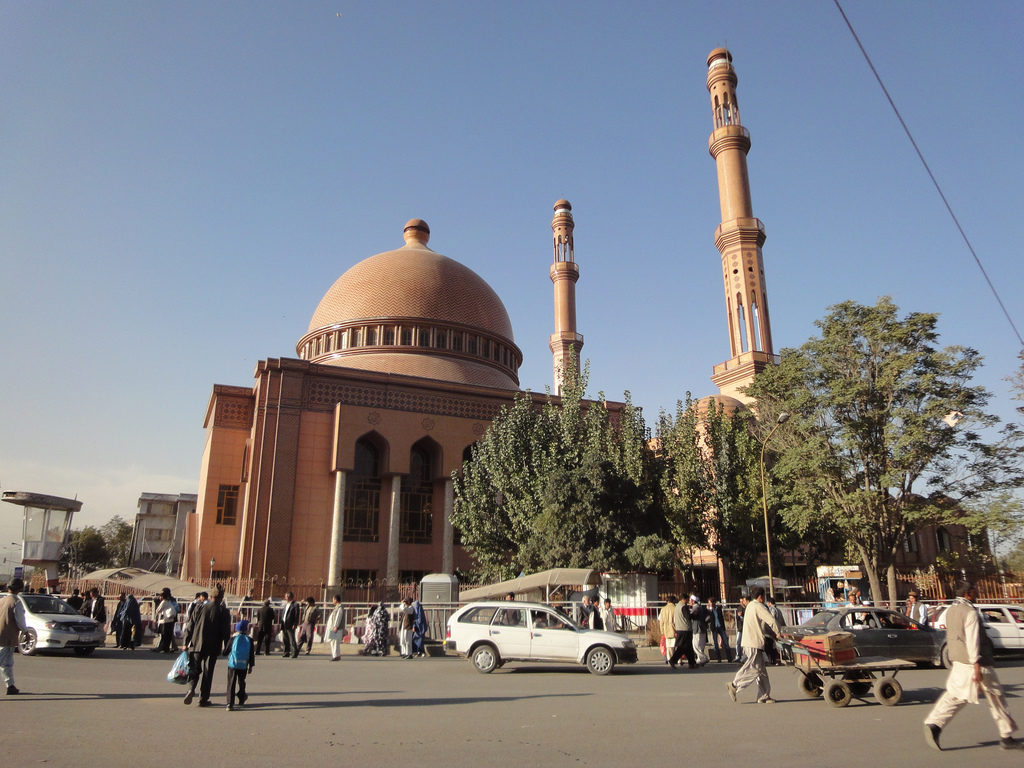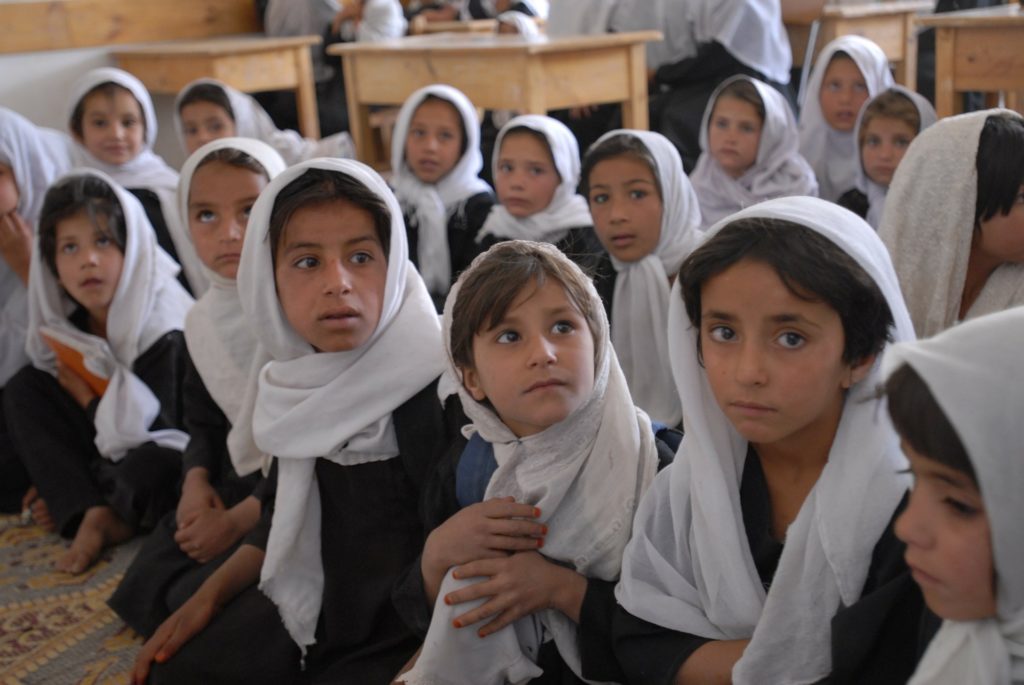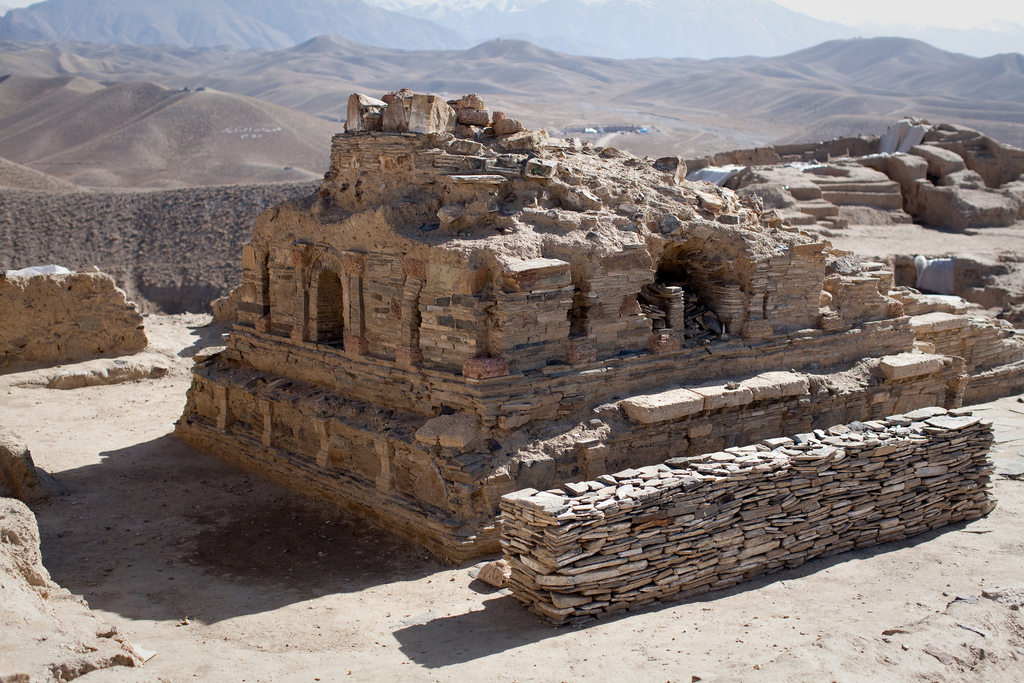Afghanistan is a country with a rich history and a vibrant cultural legacy, but it hasn’t always been easy for people to discover and explore the country’s unique heritage. Fortunately, however, the recently launched Preserving Afghan Heritage platform on Google Arts & Culture offers an exciting new way for cultural enthusiasts all over the world to get up close and personal with Afghan heritage. This online treasure trove offers people all over the world the unparalleled opportunity to experience some of the finest examples of Afghan arts, crafts, and architecture, and to meet some of the artisans behind Afghanistan’s cultural renaissance. No plane ticket required; all you need is an Internet connection. Read on to learn more about this fascinating initiative.

What is Google Arts & Culture?
Originally launched in 2011, Google Arts & Culture aims to make global cultural heritage more accessible to the broader public. The initiative leverages sophisticated technologies, notably Google Street View and high-resolution photography equipment, to provide a new way for people to discover and explore individual artworks, collections, and famous historic sites. Visitors to Google Arts & Culture can take a virtual stroll through the halls of some of the world’s most famous museums, like London’s National Gallery or St. Petersburg’s Hermitage Museum, tour architectural treasures, such as Machu Picchu, and glimpse stunning artworks in extraordinary detail.
Who are the partners behind the creation of the Preserving Afghan Heritage platform?
Hosted on Google Arts & Culture, the newly created Preserving Afghan Heritage platform was developed and launched with the support of a number of other partners. The most important collaborator on the platform is Turquoise Mountain, the nonprofit NGO that has spent the past 13 years working to restore Kabul’s historic Old City, as well as revitalizing Afghanistan’s traditional arts and crafts industry by providing vocational training and business support to the next generation of Afghan artisans. As one of the founders and supporters of Turquoise Mountain is His Royal Highness the Prince of Wales, the Preserving Afghan Heritage platform was launched in late 2018 in celebration of his 70th birthday.
What kinds of experiences does the platform offer visitors?
The Preserving Afghan Heritage platform brings together a range of online exhibits, virtual tours, images and videos, 3D digital models, and articles on different aspects of Afghan art, culture, and history. Some of the exciting opportunities available to visitors to the platform include the following:

Discover the historic Kabul neighborhood of Murad Khani—The transformation of Murad Khani is one of Turquoise Mountain’s most impressive achievements. Ranked by the World Monuments Fund as one of the world’s most endangered sites, this once-vibrant historic neighborhood had fallen into decay and disrepair after years of conflict. To save the area, Turquoise Mountain embarked on an extensive rehabilitation project that involved clearing the neighborhood of garbage and painstakingly restoring traditional buildings to their former glory. Today, Murad Khani is home to the Turquoise Mountain Institute for Afghan Arts and Architecture, the organization’s artisanal and vocational training facility, as well as many other community organizations and facilities. On the Preserving Afghan Heritage platform, visitors can learn about the restoration project and step into the bustling heart of the neighborhood with a 360-degree video of the Murad Khani bazaar.
Take a 3D tour of the Great Serai—One of the last remaining caravanserais (guesthouses or hostels) of its kind in Kabul, the Great Serai is the restored site in Murad Khani that now houses the Turquoise Mountain Institute. Through an incredible series of 3D models, visitors can explore the details of this amazing architectural site, from a bird’s eye view of the entire compound to a close-up of the interior rooms’ stunning carved plasterwork and walnut wood furniture.
Walk through classrooms at the Turquoise Mountain Institute—Google’s Street View technology takes visitors inside some of the classrooms at the Turquoise Mountain Institute where young artisans and craftspeople learn their trade. Visitors can stroll through the light-filled calligraphy classroom, with its wide wooden desks and walls covered with framed examples of calligraphic art, or the gem cutting and jewelry classroom, full of workbenches and specialized equipment for cutting and polishing precious stones.
Explore online exhibits of traditional Afghan arts and crafts—Visitors to the Preserving Afghan Heritage platform can gain a new appreciation for traditional Afghan arts and crafts through beautifully detailed online exhibits that offer a step-by-step guide to the methods used to produce works such as brilliantly colored carpets made from local yarn, the traditional and distinctively glazed glassware of Herat, pottery from Afghanistan’s finest clay, and the intricate latticed style of woodworking known as jali.
Meet the people of Murad Khani—At the heart of the neighborhood of Murad Khani are its people—not only the artisans and craftspeople of the Turquoise Mountain Institute, but also the children who attend Murad Khani primary school, the staff of the community’s Feroz Koh Family Health Center, and the merchants who sell their wares in the Murad Khani bazaar. The Preserving Afghan Heritage platform introduces visitors to some of the neighborhood’s amazing residents, helping them to quite literally see a different face of Afghanistan.

